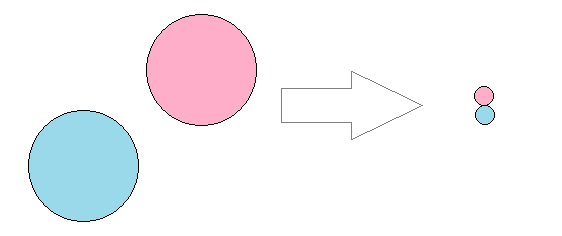Back in year 2000, Halton Arp held this lecture on his career as an astronomer, and his…

Photons and Static Electricity
Photons get polarized by magnetic fields. This has been known since Faraday made this discovery back in 1845. However, no similar effect occurs when photons travel through an electric field. At least, I’ve never come across any such findings.
This is strange, because all models of light include a directional electric element. There should be some detectable effect when static electricity is applied to light.
The conventional wave model of light suggests to us that the amplitude of the wave should be alternately stretched out and compressed as it travels through the static field. To avoid this, the wave should align in a polarized manner, vertical to the field.
A dielectric model of the photon, such as the one proposed in my book, also suggest that a polarizing effect should occur. Photons should align along the electric field in much the same way photons align along a magnetic field.
But static electricity has no polarizing effect on light. Nothing happens when a static electric field is applied to a vacuum. All that happens as we steadily increase the strength of the field is that we eventually get a discharge between the electrically charged plates. This happens when the electric field becomes so strong that electrons get pulled off of the negatively charged plate.
Perhaps the reason we see no polarizing effect of an electric field is that we get an electric discharge before the field is strong enough to cause measurable polarization. Furthermore, electric discharges in vacuum are frequently accompanied by the production of positrons and gamma rays. This suggests a break down of the aether. Instead of being polarized, photons get ripped apart. There is electron-positron production…

… followed by gamma rays as the positrons recombine with electrons:

It should be noted that electron-positron pairs constitute a highly conductive plasma, which allows for a very quick discharge between electrically charged plates. Positrons will rush towards the negatively charged plate, while electrons rush towards the positively charged plate.
In the brief period that the electron-positron pairs exist, a complete discharge can occur, and recent research into the nature of lightning strikes strongly suggest that this is exactly what happens in thunder storms.



This Post Has 0 Comments